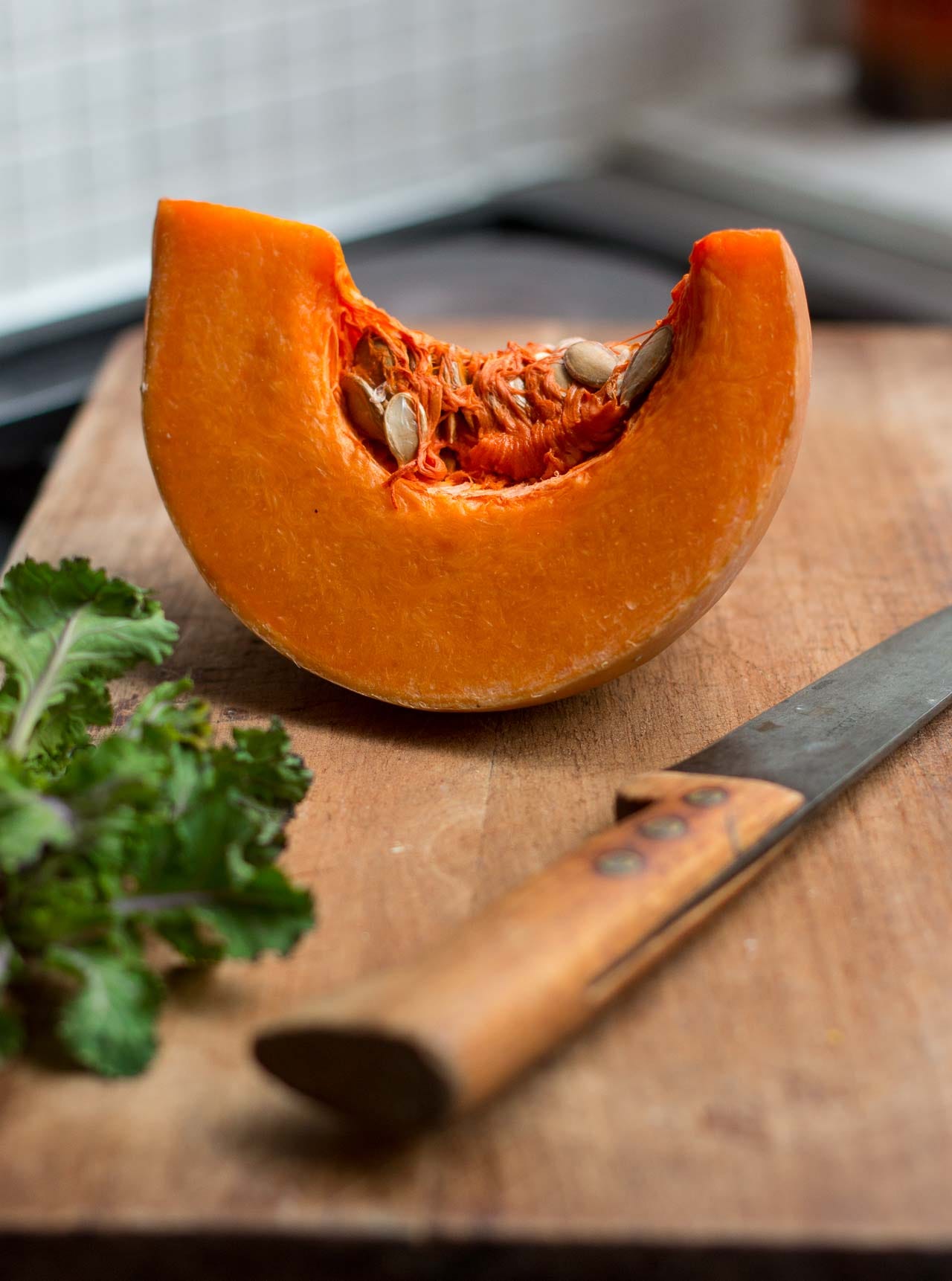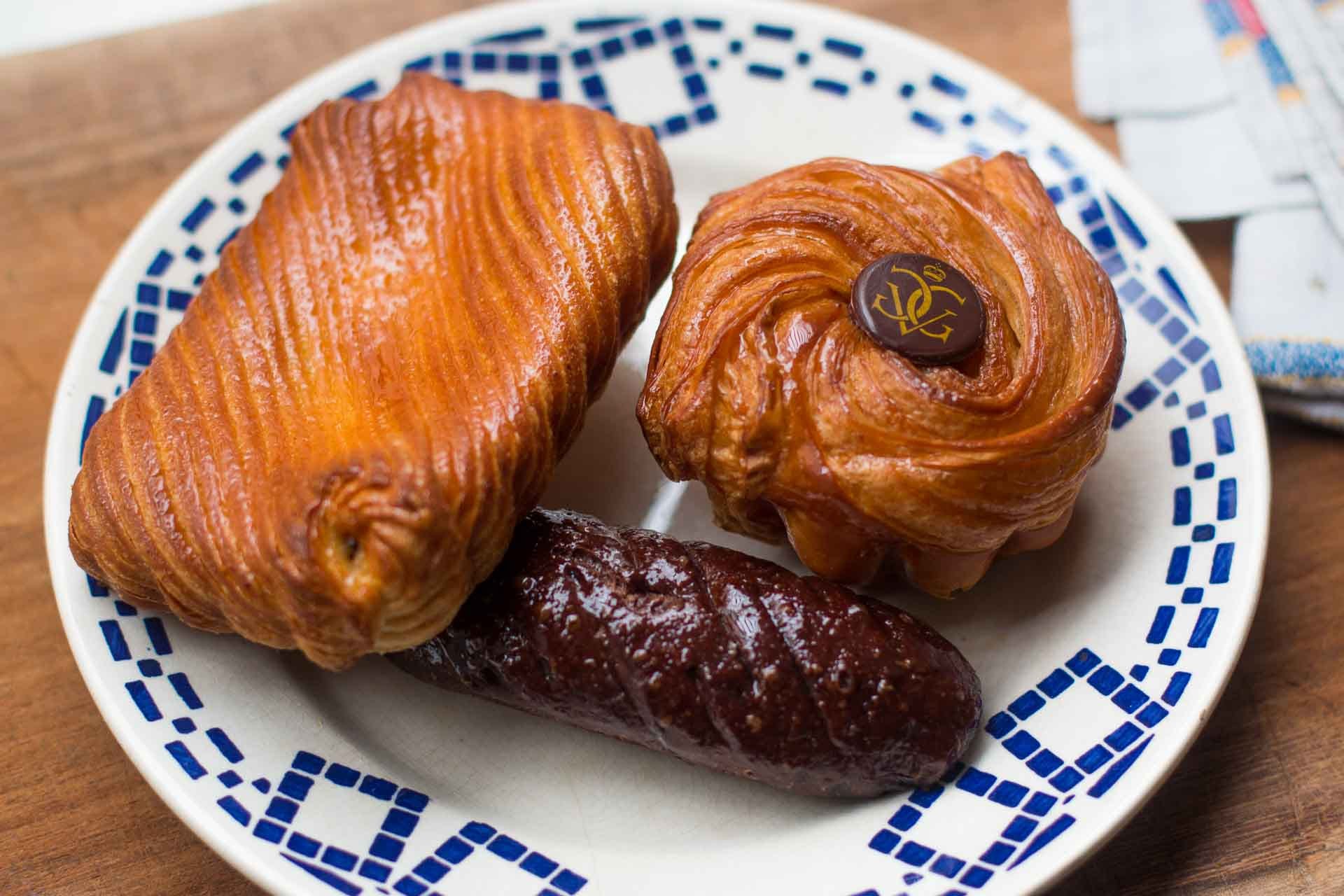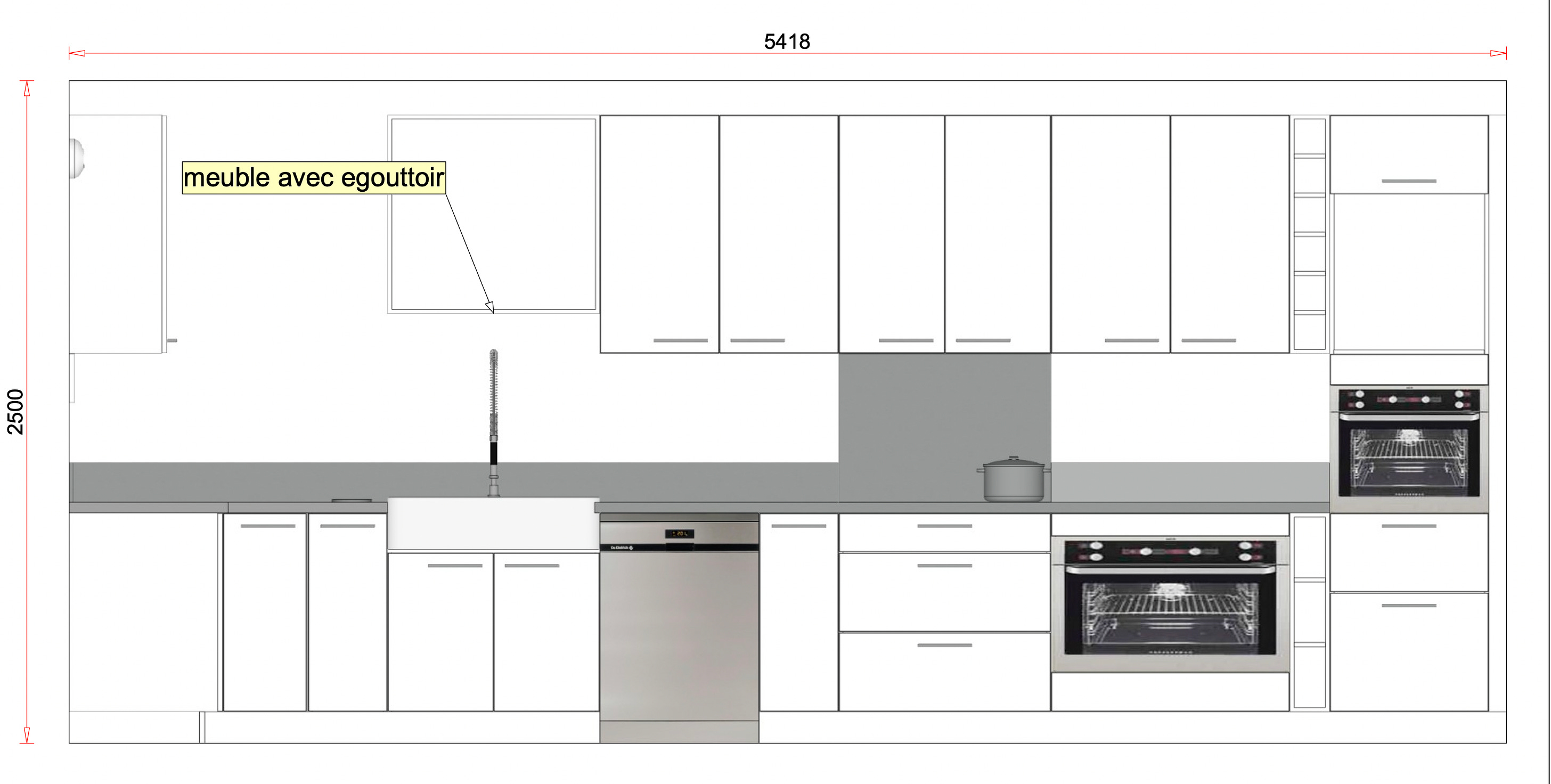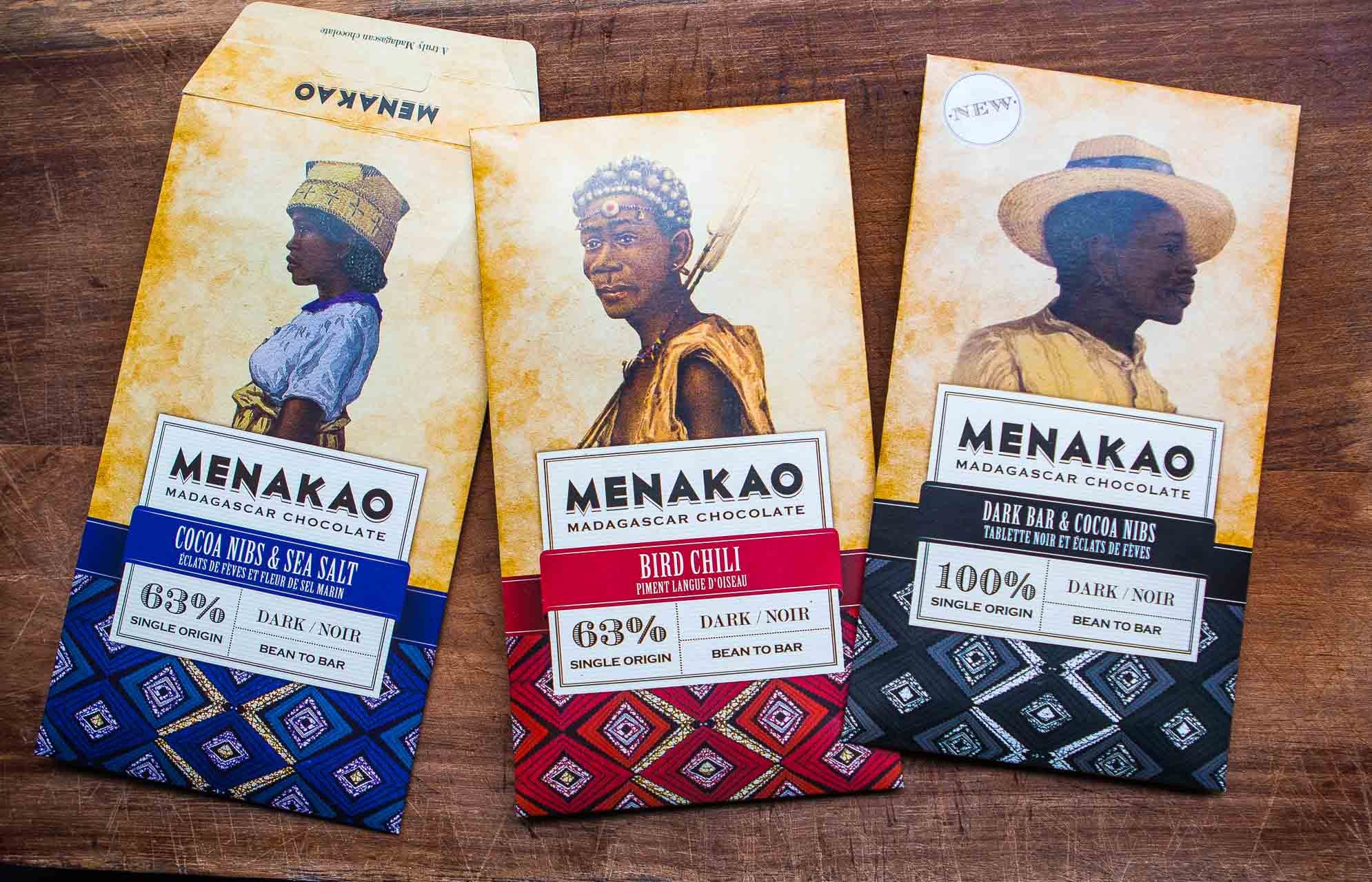It’s been an, um, interesting month. A week or so ago I injured my left shoulder, which has been wrapped up in an attelle, or sling. So I’ve been unable to write and do a lot of things that I normally take for granted. (In fact, right now I’m writing this mostly with Voice dictation, with an occasional assist from my right hand. So this newsletter may look, feel, and sound a little different than it normally does.) While the weather outside has been lovely the last few weeks, with temperatures so warm, that people were walking around in t-shirts. I also saw a few in shorts. But as the week wore on, it took a turn, and right at this moment, it’s snowing outside. Quelle difference! Because of my injury, I put my newsletter on hold but missed writing it, so here I am. (My voice dictation system turned “on hold” into “assh*le,” so it’s still requiring me to jump in and retype a few things…) One thing that has been a big help has been the French healthcare system, which is a little hard to understand, whether you’re French or not. But it’s nice to have a doctor come to your house if you’re injured, even if he comes at 4 AM and wakes you up in the middle of the night, as was the case with me. The French healthcare system isn’t perfect (if you’re self-employed the paperwork is a second…or in my case, third…full-time job, and you sometimes need to be assertive and the bedside manner can leave a little to be desired, which is probably true elsewhere), but the doctor who abruptly woke us up by knocking loudly, and steadily, on my door, was very competent and the visit was €25.35 ($27). When Romain asked me how much that would be in America, I said, “Add a zero…or two…to the end of that.” In addition, I got an appointment with the X-ray technician the next afternoon (€33). (Update: He kindly left his contact information with me, which he said he was doing in case I needed anything else, but he didn’t reply to my subsequent message about refilling a prescription.) Here’s a good video that explains the French healthcare system in everyday terms, including the ups and downs:  A short answer to how the French healthcare system works is that businesses pay considerable “social charges” for employees’ health care and retirement, and self-employed people pay their own—and do all the onerous paperwork. (Contrary to popular belief, French health care isn’t “free”; it’s paid for by the state, companies, and individuals.) Everyone in the country is provided with a baseline of care if you go to a “conventional” medical provider, whose fees are fixed. (In Paris, most doctors and specialists charge more than the baseline.) Ninety percent of the people in France have mutuelles, private insurance that covers the gap between what the state pays for and what you pay, with premiums that hover around €50-70/month, depending on which benefits you want, i.e. a private room if you’re hospitalized, and how much “gap coverage” you want. It’s common not to like your mutuelle as people feel the premiums are too steep and the coverage isn’t sufficient. As mentioned, the system isn’t perfect, but I’ve heard a number of misconceptions about it from those outside of the country, and while it has its good points and downsides (if my arm wasn’t in a sling, I could perhaps write a longer essay about them), the short answer is that I was happy to have a doctor come to see me within six hours of my call and to get an appointment with my regular doctor a few days later, as well as physical therapy for €25/session, most or all of which is covered by the healthcare system. The care was professional and affordable. Speaking of being healthy, I suppose I should be talking about fresh fruits and vegetables. While I’m happy to use the last of my squash (cooking with one arm means I’m making good use of my blender), I can’t wait to be able to shop for rhubarb, strawberries, asparagus, and cherries, which are…or will be…starting to show up at the marché. But I stopped in my tracks on March 11th (I still remember the day!) when I saw bunches of aillet at the market. Aillet isn’t that easy to come across, nor is its cousin, ail des ours (a relative of ramps), in Paris, but when I see it, I buy as much of it as I can. These bunches of aillet were €4 each (which means 4 bunches equals a trip to the physical therapist), which the producteur (grower) apologized for, but I couldn’t pay for them fast enough. Aillet is young garlic, harvested before the bulb has formed. While they kind of look like leeks, one can use just about all of the darker green parts. And because it’s France, there’s a festival somewhere devoted to it, this one in the Dordogne. As often happens in France, the grower will give you ideas for using it. I said I was going to simmer it in butter and toss it with ravioli, but they also said it makes a nice omelet as well as risotto. Parisians aren’t big on bold garlic flavors and don’t use it as liberally as Americans use it. And neither are Italians, I suppose: Italian cookbook author Marcella Hazan said that using too much garlic was “the single greatest cause of failure in would-be Italian cooking.” And those who knew her, knew not to argue with Marcella. One thing that few can argue with is how the internet not only brings people together (in the best examples…) but also how it’s possible to find almost anything. We’re still in the early stages of our apartment renovation, which was sidetracked by supply-chain issues, and the contractor had to take a week off to install a kitchen, which had finally arrived, after a longer-than-expected wait. My contractor hates things bought online—he likes to buy things from merchants and brands he knows that work; he tangled with the kitchen sink faucet I got in the U.S. because I couldn’t find one like it in France, and after a few years, and a lot of tries, we concluded that it just wasn’t going to work here. I like shopping locally as well but trying to buy a kitchen sink or dishwasher when the store only has four on display, and the salesperson tells you to go home and buy it on their website, sort of seems to defeat the purpose of having a store. Remodeling in another country poses some challenges - often the nomenclature can be perplexing, and one of my wonderful readers kindly let me know about a French-English dictionary for building terms, so I snagged a copy. (Don’t tell my contractor, but I got it online.) To be honest, it hasn’t helped me much during the rapid-fire discussion we have while working our way through construction dust and mounds of plaster and wires, and when someone tells me that I need to go to the hardware store and find a piece of wood that’s deux mille deux cent quatre-vingt-dix-sept centimeters par huit cent quatre-vingt-dix centimetres par deux cent quatre-vingt-sept centimetres, my brain is simply unable to process information that quickly, and neither is my voice dictation system to write here, which is now having conniption fits after those last few lines, so I’ll stop now and wait ’til things are more healed before the next chapter of my Paris apartment story… Best, David You may have noticed that the newsletter has a snazzy new look with a fun, fresh logo, courtesy of Rescue Vessel. I warned the very patient team right from the start that I was probably going to be their least-favorite client ever (I’m super detail-oriented), and yet, they are still speaking to me. So thanks to them for putting up with my revisions and suggestions, and for getting it just right. Enjoy the new graphics! Although I said the new story would be coming up in the future, just an update on appliances. A whole bunch of people chimed in from here and there about what to get. While I thank people for their interest, if something is from the U.S., it’s either not available in Europe or if it is, it’s going to be crazy expensive here. And like my kitchen faucet, my contractor will not be amused if I wheel in an American dishwasher. (And neither will my shoulder.) When we saw the apartment, we thought we’d just be opening up some of the space, as well as refreshing the bathroom with new tile or fixtures, as well as the kitchen, but now that we’ve started, we’ve decided to give it our all. I haven’t decided on appliances yet. And it’s like pulling teeth trying to get information or reply from appliance companies here. Due to the cost, I’m likely taking some of my appliances with me, including my large “américain-style” refrigerator, which in France are very expensive and can cost over €10,000, or more. Yikes. While I don’t need the best refrigerator on the market, because of what I do, I need ample room to store food in, as well as an ice maker, which only a few refrigerators have as French people aren’t as fond of ice as les américains, which Romain now considers essential, too. Since I don’t ever plan to move again, this is it folks (or so I hope…!), I’m looking at Miele, Bosch, or Siemens appliances. I went to the showroom of a very high-end appliance company and the controls on the showroom model of the induction range didn’t work, the oven racks screeched something terrible when pulled out of the oven, and the refrigerator handles (on the €12,000 refrigerator) were wobbly, which the saleswoman said was because they were in the showroom. (If they can’t hold up to being on display in an upscale appliance showroom, I wonder how they’d fare at home with a family of four, six, or eight?) I do have to switch to an induction stove (above), which initially came as a bit of a shock as I’ve always cooked on gas. But with cities phasing out gas stoves, induction seems to be the wave of the future. (Melissa Clark wrote about them in the NYT recently as well, article unlocked.) I do have to say, a few years back when I had another arm injury, tendonitis in my elbow, I put my All-Clad and Le Creuset pots and pans on hiatus and switched to the new-fangled Hestan NanoBond pans they’d sent me to try out. (I’d asked for only one, but they ended up sending me four, which I’m letting you know for disclosure purposes.) I was skeptical, but the lighter pans fared very well, much better than I expected, so it’s possible for an old (or middle-aged) cook to change his or her ways, or theirs. Little Africa Village in ParisI met Jacqueline Ngo Mpii a few years ago at a Bakers Against Racism event in Paris, and by sheer coincidence, I had contacted her company, Little Africa Paris, about getting a culinary tour of the African neighborhood just a few weeks before. Like many, I am familiar with Italian, French, Japanese, Korean, Thai, and Mexican food, but didn’t know much about African fare. The High on the Hog series helped to open my eyes to the rich diversity of African cuisine, which exists in Paris, but I wanted to learn more about it. I love exploring multicultural neighborhoods and cuisines, which I am able to do right here in my own backyard, and as a former guide myself, I knew a knowledgeable guide would be helpful. Covid hit and all tours were postponed, but while things closed down, Jacqueline continued to work to create a permanent home, the Little Africa Village in Paris. (There’s an interesting interview with Jacqueline in English here.) Romain’s studio is in the Barbès neighborhood, which is adjacent to the Goutte d’Or, sometimes referred to as petite Afrique, and is the largest African community in Europe. When we first met at a Bakers Against Racism fundraiser in Paris, I was drawn to Jacqueline’s warm smile and friendliness, and ravishing dress…and when I saw her again, a few months ago, at the opening of the Little Africa Village (6 bis rue de Garde, 75018), I grabbed her hand and didn’t want to let her go. Some of you generously supported the crowdfunding campaign, and I was thrilled to see her warm smile again at the opening of the exhibition and cultural space. (Anyone who’s done renovations knows that finish dates are “estimates”…) Plus, she became a mother in the meantime, so she’s given birth to two incredible projects. If you’re coming to Paris and want to explore African fashion or African cuisine in one of their tours, visit their website: Little Africa Paris. And if you do stop by, I encourage you to pick up some amazing Menakao chocolate bars made with made-in-Madagascar African chocolate. There’s been some criticism of the chocolate industry, one being that people who grow the chocolate don’t get to taste the finished product (which is partially due to the fact that cocoa beans are grown where the weather is very hot, which is the enemy of finished chocolate bars), so a company would need a network of climate-controlled facilities to store the bars after they’re made, and during every phase of shipping, so they arrive in good condition. The ones I got were perfect, and I’m looking forward to going back and trying every single one of the other flavors. Oh…and lastly, I’ve finally launched my podcast, which is part of this newsletter. So if you’re a subscriber, you’ll get notices when new episodes are available and you can listen to them here. You can also subscribe to it at various podcast hosting sites, such as Apple Podcasts, Spotify, Tune In, and others. You’re a free subscriber to David Lebovitz Newsletter. For the full experience, become a paid subscriber. |
Friday, April 1, 2022
April Newsletter 2022
Subscribe to:
Post Comments (Atom)











No comments:
Post a Comment